How to Use Solar Panels Efficiently
How to use solar panels efficiently is something that comes up quite a bit during conversations with clients. So I decided to cover the most important points here.
After all, installing solar panels is a big investment, so it makes sense you'd want to get the most from them. We all want to maximise our investment and that means using as much of the electricity produced by your panels as possible and minimising the amount you sell back to your power company.
The most common concerns I come across are:
- Will I get the output the PV solar panel company told me I’d get and how do I know what I’m producing?
- How should I look after my panels to maximise the output?
- What are the optimal roof conditions for PV solar panels?
- How should I use my appliances?
- Should I consider a battery for my Solar panels?
- Can I use PV panels to heat my domestic hot water?
So let's look at each one individually:
What Output Can You Expect?
Prior to your solar PV panels being installed, all reputable companies will have carried a computer simulation. Into which they will have fed in details of roof pitch, shading and orientation etc. This simulation will then have calculated the output which you can typically expect to obtain on a yearly basis.
Provided things don’t change, your actual output should be pretty close to the predicted output. Bear in mind though that trees and hedges etc. do continue to grow. So while they may not have caused any shading at the time of install they might in a few years time.
Keep and eye on anything that could cause shading.
How do you know what your panels are producing:
Most inverters (box of electronics which converts the DC produced by your panels into AC that can be used in your home) are capable of monitoring the amount of electricity produced.
It’s usually quite simple to get a copy of the manufacturers software, their app or a display unit to sit on your desk . Then you’ll be able to see exactly how many units you’re producing.
First establish the make of your inverter or inverters (typically located next to your solar panels so look in your loft). Then contact them or your supplier to see where you can obtain a copy of their own solar monitoring system.
How to look after your panels:
Provided your panels are mounted at an elevation of over 12 degrees from horizontal they shouldn’t require any special maintenance. The rain should keep them clean and if you’ve got a monitoring system you’ll know if there’s a problem as you’ll see a drop in output.
optimum conditions:
In order for your panels to be efficient they need to be correctly fitted and although your supplier will likely have taken care of this for you here’s the main check points.
In a perfect world you want a south facing roof at the pitch of between 30 and 40° with no shading. However the perfect world scenario rarely happens so you want to be as close to south as possible with as little shading as possible. You can read more on orientation etc. here.
How to use solar panels and appliances together:
Unless you’ve got a battery storage System you’ll need to be use the electric produced by your panels as it’s produced. If you don’t it gets sold back to your energy supplier at a low rate.
So it makes sense to try to use as much of your free electricity as you possibly can and sell as little as possible back to the power company.
If you’re at at home during the day this shouldn’t be a huge issue as you’ll be able to turn on appliances etc. when your panels are producing electricity. If you’re out at work during the day consider setting timers on your appliances.
Just don't set them all come all at the same time otherwise you may end up using more electricity to run them than your panels are producing.
Instead, figure out how long each appliance cycle takes and set them to come on after one another. In a perfect world your second appliance would switch on just as the first appliance switches off etc.
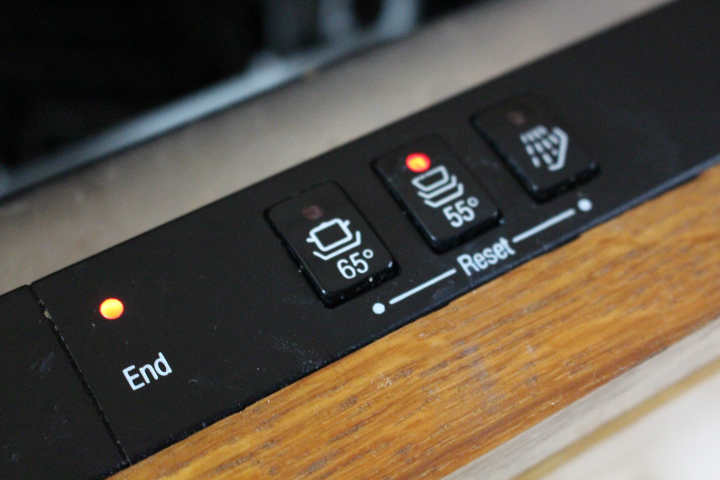
Battery for Solar panels:
Using a battery system in conjunction with your panels is possibly one of the best examples of how to use solar panels in a really efficient way.
You use your solar panels to charge the battery during the day when you're out. Then use the stored electricity in the evening when your panels aren’t producing electricity.
If your panels don't produce enough electricity to fully charge the batteries in the winter you could always top them up from the grid at night with cheap rate electricity on a night time tariff (Economy 7 rate).
This can then be used during the day when electricity is more expensive.
Using PV panels to heat domestic hot water:
PV to immersion heater systems have become very popular in recent years and they're a great way of using any surplus electricity to heat your domestic hot water rather than selling it back to the grid for a few pence.
There are several systems on the market (such as ImmerSUN and iBoost etc.), and they all work in a similar way.
The system monitors electricity production from your Solar panels in conjunction with the amount of electricity being used within your home.
Then if you're using less electricity than your panels are producing it diverts the surplus power to your immersion heater to heat your domestic hot water.
Conclusion:
When deciding how to use solar panels to maximise their efficiency make sure they're fitted correctly and in the optimum position to maximise output. Set your appliances to come on during the day (one at a time).
Consider a monitoring system so you can see exactly how many units you’re producing at any given time. You should also consider a solar battery system to store the electricity produced from your panels.
If you do decide to install a storage system look into changing from a standard electricity tariff to an economy seven Tara to take advantage of cheap overnight electricity.
If this article on how to use solar panels has helped you please like us on Facebook by clicking on the Facebook like button at the top right of this page or share it below.
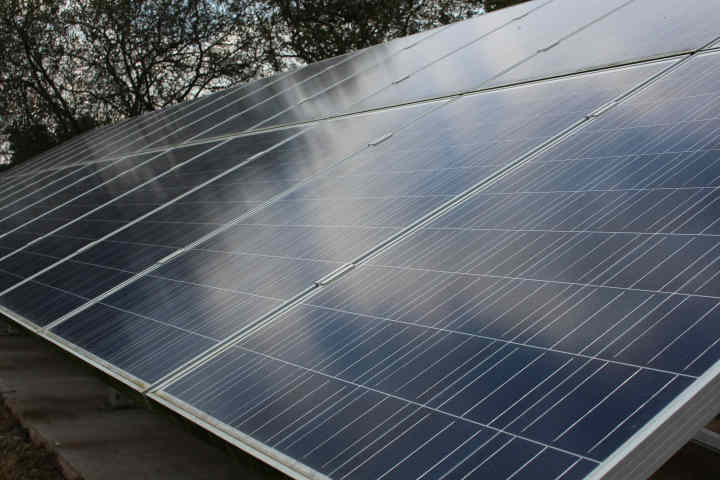
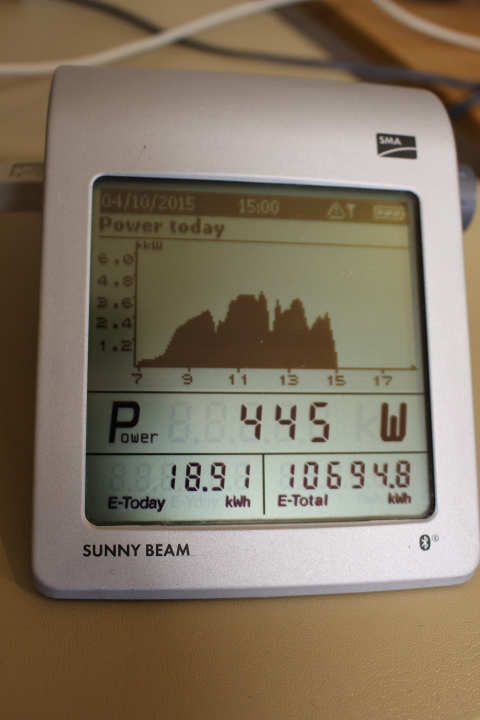
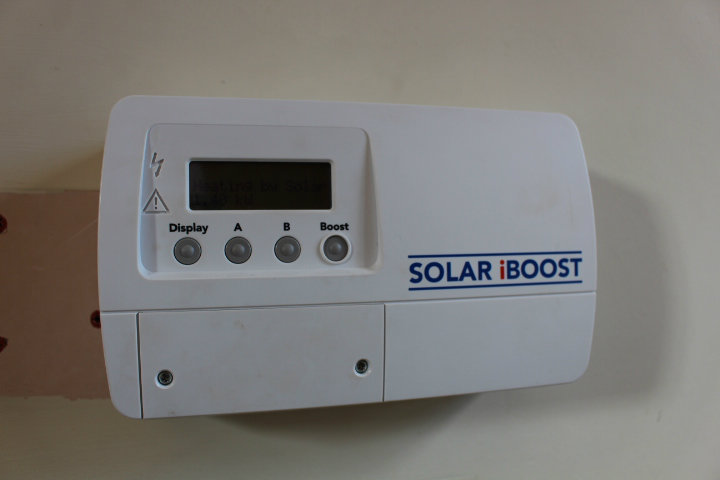







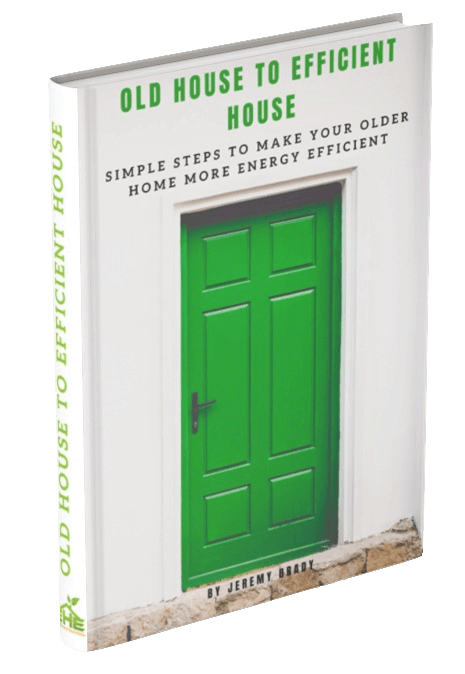




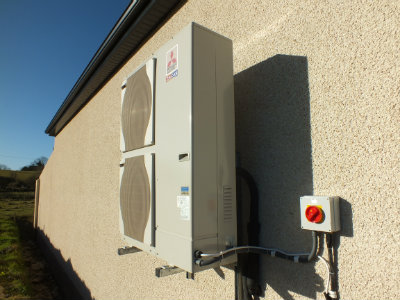
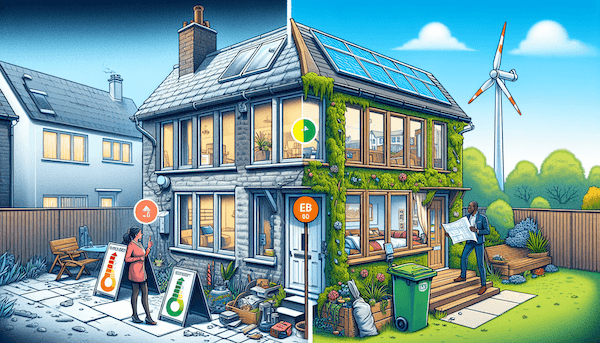
New! Comments
Have your say about what you just read! Leave me a comment in the box below.